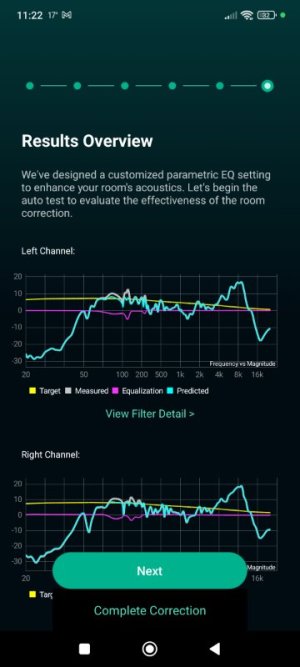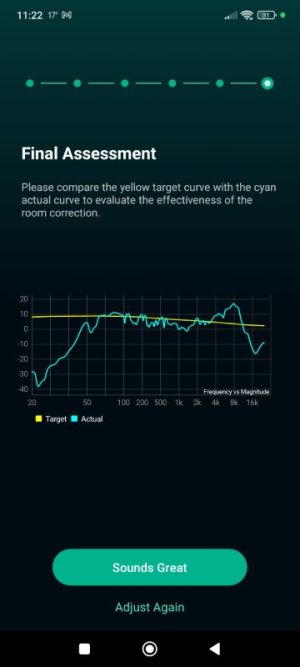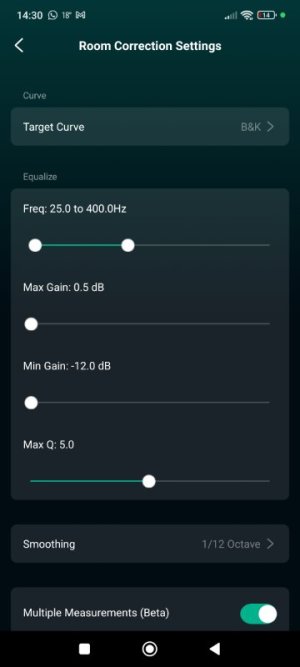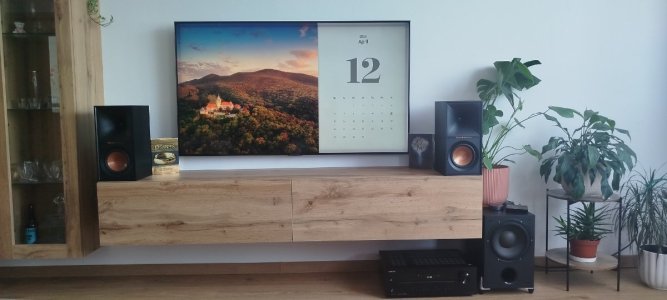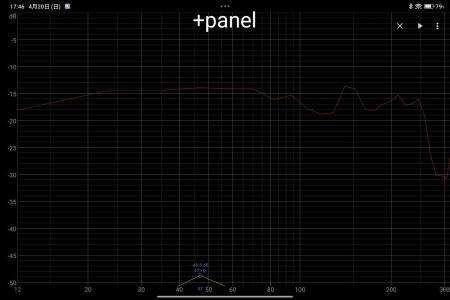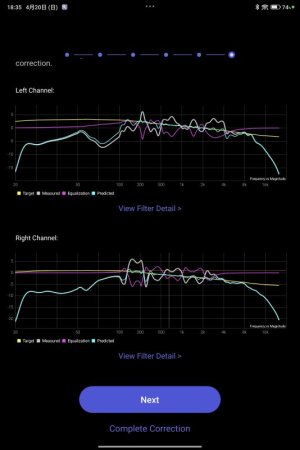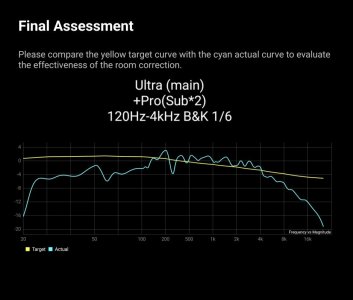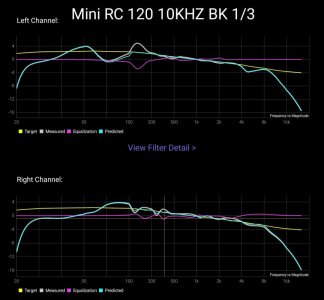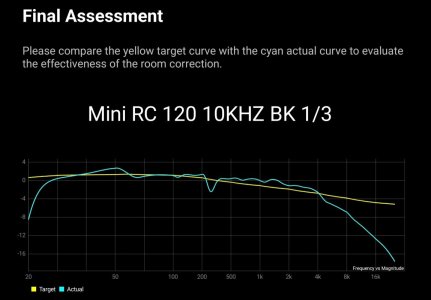Dr. Toole, Harman and ASR are all actually very vocal about the relevance of loudspeaker direct sound for sound quality, and that in-room steady-state loudspeaker response should not be seen as representative of how humans perceive sound. There are countless threads and posts about this on ASR.
There are also quotes from dr. Toole specifically warning about automated room correction systems that might degrade otherwise good loudspeakers because they can degrade their on-axis response (i.e. direct sound) at higher freuencies.
Good loudspeaker directivity is beneficial for two main reasons:
- Early reflections from such speakers will have spectrum similar to the direct sound so will not degrade perceived sound quality.
- Speakers with good directivity but poor on-axis (direct) response can be effectively fixed by EQ based on anechoic data. Speakers with poor on axis response and poor directivity cannot be helped as easily.
Have you read "
Sound Reproduction: The Acoustics and Psychoacoustics of Loudspeakers and Rooms, Third Edition" by dr. Toole? If not, it is very much worth the time!
On the topic of precedence effect, chapters 7.6.4 and 7.6.5 discuss it specifically in the context of room reflections in detail, citing several studies. Chapter 10.3 discusses direct sound vs early reflections and how they are perceived. Chapter 7.4 discussed subjective evaluation of various parameters, including side wall treatment, loudspeaker directivity, early reflections, diffuse vs direct field, etc. The box on page 182 discussing in-head localization that can happen in very dead (reflection-free) environments is IMHO especially interesting.
So I respectfully disagree with your statement above; importance of direct sound on perception is very often discussed in ASR.
I also disagree with your previous statement that early reflections are detrimental to sound quality - how beneficial or detrimental early reflections are depends on context as well as personal preference.
What is certain is that many people like (and even prefer) the effect of side-wall reflections with wide-directivity loudspeakers.
Can you provide a reference for this claim, please?
To my knowledge of the precedence effect, this amount of delay between direct sound and sidewall reflection would be bordering with being perceived as a distinct echo - I sincerely doubt that would help with clarity. Not to mention that the room would need to be over 15m wide to accommodate.


